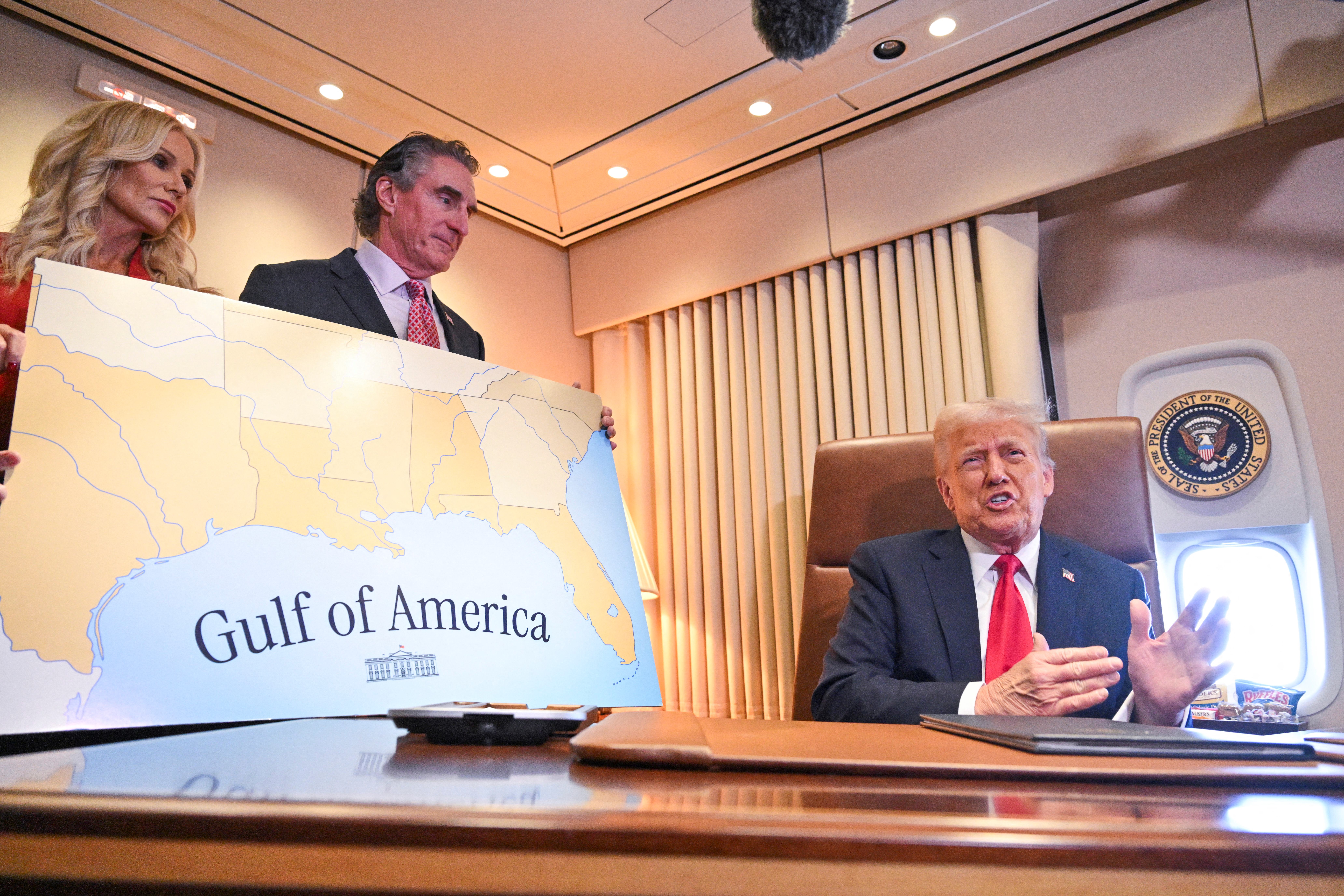Transatlantic airfares slump as Europeans continue to shun travel to America
And it could only get worse

Airfares for transatlantic flights from Europe to the United States have plummeted to levels not seen since before the pandemic, driven by a significant downturn in travel from Western European nations. This shift marks a notable pullback in tourism to the US, a trend expected to continue.
Preliminary figures from the U.S. National Travel and Tourism Office, part of the U.S. Department of Commerce, reveal a 2.8 per cent drop in overall overseas arrivals to the U.S. in May compared to the previous year. The decline is largely attributed to a 4.4 per cent decrease in travel from Western Europe during the same period, although Eastern European travel saw a modest rise of 4.6 per cent.
The trend is expected to persist, with analytics firm OAG Aviation indicating that forward bookings for July show a 13 per cent year-on-year reduction in total inbound travel to the U.S., suggesting sustained declines are on the horizon.
Transatlantic airfare has been declining since the first quarter when Europeans started reconsidering travel to the U.S. after President Donald Trump suggested annexing Greenland, launched a global trade war, and issued orders that focus on stricter border policy. A stronger dollar has also deterred some trips.
In March, travel from Western Europe fell 17% year-over-year, according to the NTTO.

Average round-trip economy airfares for over 50 routes from the U.S. to Europe in the first quarter were down an average of 7% year-over-year, with rates to fly between Atlanta, Georgia, and London, down 55%, according to data from Cirium, an aviation analytics firm.
As American consumers have been bargain-hunting and waiting closer to their departure dates to finalize travel plans, the decline in demand from Europe is another factor contributing to cheaper travel.
"Fewer seats filled by European travelers to the U.S., and a slower pace of growth in U.S. outbound to Europe than last year, will tend to cast 2025 as a tougher year to make money on transatlantic routes," said Aran Ryan, director of industry studies at Tourism Economics, a subsidiary of Oxford Economics.
This summer, the price of round-trip tickets from the U.S. to Europe is down 10% compared with a year ago, travel booking app Hopper said. Average fares of $817 per ticket are in line with prices to Europe in the summer of 2019 before the pandemic. Major carriers, including Air France KLM and Germany-based Lufthansa, expect slowing activity. Lufthansa CEO Carsten Spohr said the company expects weaker demand in the third quarter, while Air France KLM CEO Ben Smith said the company is seeing a "slight pullback" in transatlantic traffic and will slash prices to keep cabins on its transatlantic flights full.
Airlines including Lufthansa and U.S. air carrier United Airlines say higher demand from U.S. travelers flying to Europe is offsetting the decline of Europeans flying the opposite direction. United said international bookings from Europe fell 6% in the first quarter, but added that U.S.-originating demand made up for the pullback. Rival Delta Air Lines said 80% of its long-haul international demand originates from the U.S., and fares in the region are "significantly higher" than in the rest of the world.
Lufthansa said it plans to market its transatlantic flights to more Americans given the higher demand, despite travel from Western Europe showing moments of recovery. Travel from the region to the U.S. increased 12.1% in April before falling again in May, according to data from the NTTO.
As of mid-May, there are 4.3% more international flights scheduled to depart from U.S. airports for international destinations this summer, said Hopper.

 Lynk
Lynk 
































